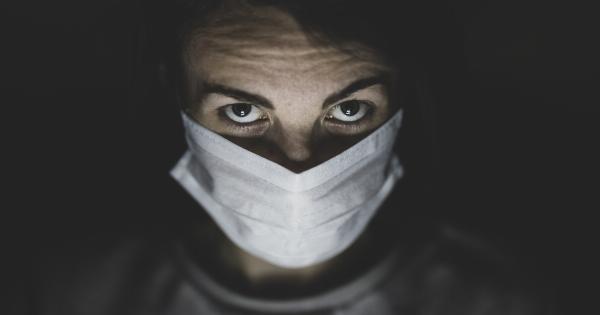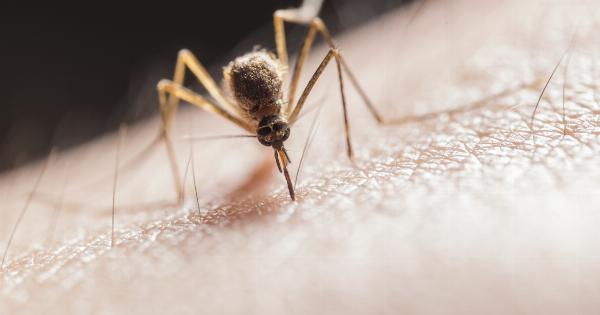Anaphylaxis is a severe allergic reaction that can be life-threatening if not treated promptly. It occurs when the immune system overreacts to an allergen, causing a release of chemicals that lead to a range of symptoms.
Understanding the triggers and how to prevent severe reactions is crucial for individuals who are at risk of anaphylaxis.
What is Anaphylaxis?
Anaphylaxis is a severe allergic reaction that can affect multiple systems in the body. It can occur within seconds or minutes after exposure to an allergen and is characterized by a sudden onset of symptoms.
Common triggers include insect stings, certain medications, foods, and latex.
When anaphylaxis occurs, the immune system releases a flood of chemicals, including histamine, which causes inflammation and can lead to rapid dilation of blood vessels, resulting in a drop in blood pressure.
This can lead to symptoms such as difficulty breathing, swelling of the throat and tongue, hives, nausea, vomiting, and in severe cases, loss of consciousness and cardiac arrest.
Identifying Anaphylaxis Triggers
Identifying the triggers that can cause anaphylaxis is essential for individuals who are at risk. Common triggers can vary from person to person, but some commonly reported triggers include:.
- Foods: Peanuts, tree nuts, shellfish, fish, milk, eggs, wheat, and soy are some of the most common food triggers for anaphylaxis.
- Insect Stings: Bee stings, wasp stings, hornet stings, and fire ant bites are among the most common triggers.
- Medications: Antibiotics, nonsteroidal anti-inflammatory drugs (NSAIDs), and certain anesthetics can trigger an anaphylactic reaction in some individuals.
- Latex: Latex is a common trigger for anaphylaxis, especially in individuals who work in healthcare settings or undergo frequent medical procedures.
- Exercise: Some individuals experience anaphylaxis during or shortly after exercise, often referred to as exercise-induced anaphylaxis. It can be triggered by various factors, including food consumption prior to exercise.
If you or someone you know has experienced an anaphylactic reaction, it is crucial to consult with an allergist for proper testing and identification of specific triggers.
Allergy testing can help determine which allergens to avoid and provide appropriate treatment options.
Preventing Severe Reactions
While anaphylaxis cannot always be prevented, there are measures individuals at risk can take to minimize their chances of experiencing a severe reaction:.
- Identification and Avoidance: Once triggers have been identified, it is crucial to avoid them as much as possible. Read food labels carefully, inform healthcare providers about allergies before any medical procedure, and take precautions during outdoor activities to avoid insect stings.
- Carry Medications: Individuals with a history of anaphylaxis should carry an epinephrine auto-injector (such as an EpiPen) at all times. Epinephrine is the first-line treatment for anaphylaxis and can help reverse the symptoms before medical help arrives.
- Create an Emergency Plan: Work with healthcare providers to create an anaphylaxis emergency action plan that outlines the steps to take when a severe allergic reaction occurs. Share this plan with family, friends, and teachers or colleagues, so they are aware of what to do in case of an emergency.
- Inform Others: Make sure close contacts, such as family members, roommates, and colleagues, are aware of your specific triggers and know how to use an epinephrine auto-injector in case of an emergency.
- Wear Identification: Individuals at risk of anaphylaxis should wear medical alert identification jewelry or carry a wallet card that identifies their allergies, triggers, and emergency contact information.
Seeking Medical Help
If an anaphylactic reaction occurs, it is essential to seek immediate medical help, even after administering epinephrine. Anaphylaxis is a medical emergency that requires prompt treatment, monitoring, and follow-up care.
Even if the symptoms seem to resolve after using an epinephrine auto-injector, it is vital to go to the nearest emergency room for further evaluation.
Conclusion
Anaphylaxis is a severe and potentially life-threatening allergic reaction that requires immediate medical attention. Knowing the triggers that can cause anaphylaxis and taking steps to prevent severe reactions is crucial for individuals at risk.
By identifying triggers, carrying necessary medications, creating an emergency plan, informing others, and seeking medical help when needed, individuals can better manage their risk and reduce the chances of experiencing a severe anaphylactic reaction.






























